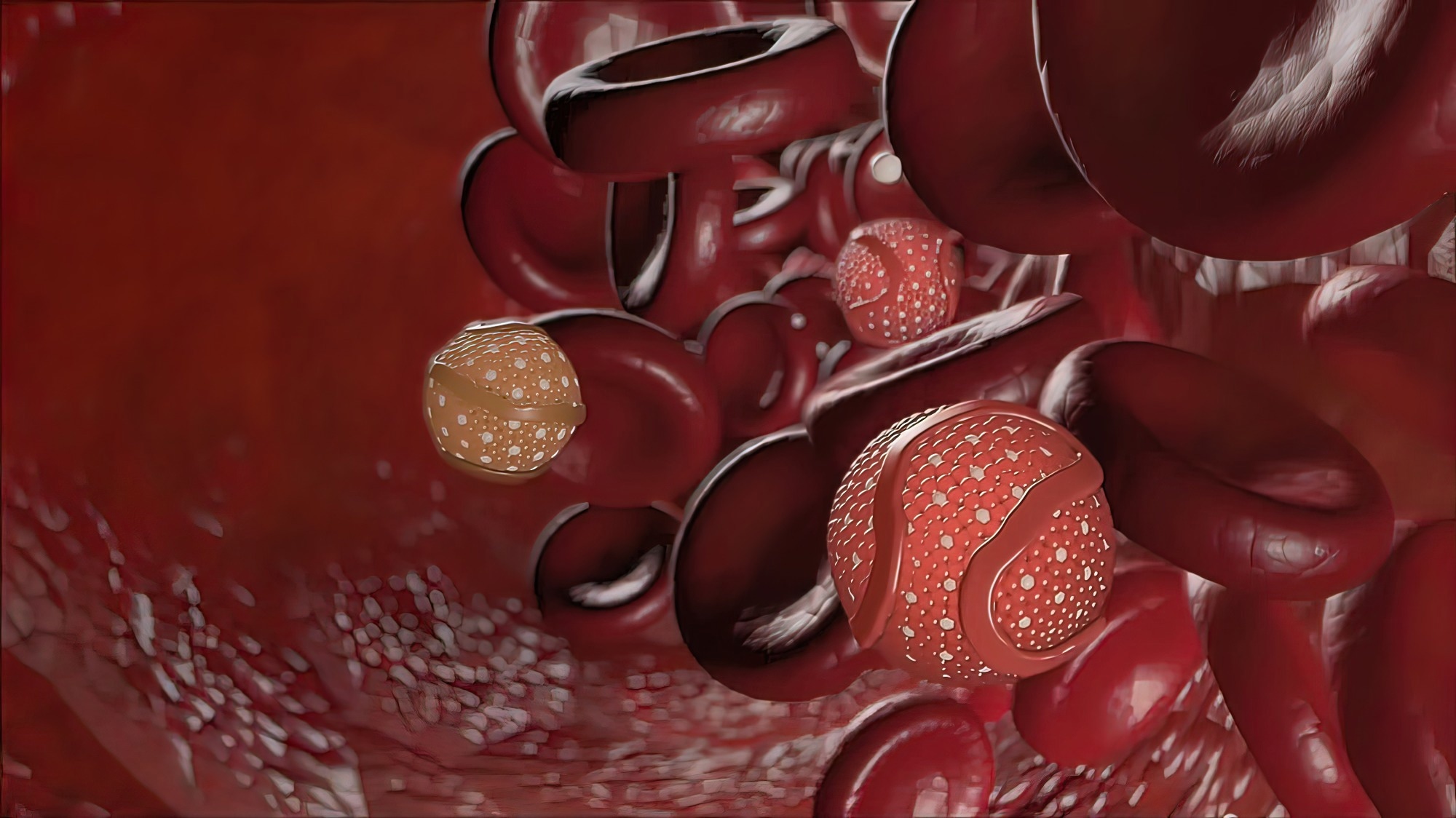In a recent study published in JAMA, researchers investigated whether treat-to-target (TTT) low-density lipoprotein-cholesterol (LDL-C) therapy was inferior to administering statins of high intensity for clinical outcomes in the long term among coronary artery disease (CAD) patients.
 Study: Treat-to-Target or High-Intensity Statin in Patients With Coronary Artery Disease A Randomized Clinical Trial. Image Credit: piccreative/Shutterstock
Study: Treat-to-Target or High-Intensity Statin in Patients With Coronary Artery Disease A Randomized Clinical Trial. Image Credit: piccreative/Shutterstock
Background
CAD management recommendations for selecting statin intensity have advocated two strategies: (i) target-to-treat LDL-C therapy or (ii) high-intensity statin administration without predefined LDL targets. Both treatments are used in clinical settings; however, direct comparisons of the strategies concerning safety or effectiveness have yet to be performed.
About the study
In the present randomized clinical trial study, researchers investigated whether low-density lipoprotein cholesterol (LDL-C) treatment of 50 to 70 mg/dL was inferior to high-intensity statin treatment among CAD patients.
The randomized, open-label, noninferiority trial comprised individuals diagnosed with CAD [including stable ischemic heart disease or acute coronary syndrome (acute myocardial infarction, unstable angina), treated across 12.0 centers in the southern part of Korea. Individuals were enrolled between 9 September 2016 and 27 November 2019 and followed through to 26 October 2022. The participants were allocated in a 1:1 ratio to receive TTT treatment of 50.0 to 70.0 mg/dL LDL-C or statins of high intensity, such as 20.0 mg of rosuvastatin or 40.0 mg of atorvastatin.
The prime study endpoint comprised a three-year composite measure of stroke, death, coronary artery revascularization, or myocardial infarction, having a 3.0 percentage point-noninferiority margin. Secondary study endpoints included new-onset diabetes, cardiac failure-associated hospitalizations, pulmonary thromboembolism or deep vein thrombosis, endovascular revascularization for peripheral artery diseases, and aortic intervention or surgery.
End-stage renal disease, study drug discontinuation due to intolerance, cataract operations, and a composite measure of laboratory alterations were other endpoints. Statin treatment intensity was based on the 2013 American college of cardiology/American heart association guidelines. Follow-up assessments were performed at six weeks and 3.0 months, 6.0 months, 12.0 months, 24.0 months, and 36.0 months.
Serum aspartate aminotransferase, glucose, alanine aminotransferase, creatine kinase, creatinine, and hemoglobin A1c levels were measured at 12.0 months, 24.0 months, and 36.0 months. Subgroup analysis was performed for gender, age, body mass index, diabetes, hypertension, chronic renal disease, clinical findings at randomization, and baseline low-density lipoprotein-cholesterol levels.
Results
Among 4,400 CAD patients, 99% (n=4,341) of individuals completed the follow-up assessments, among whom the mean participant age was 65.0 years, and 28% (n=1,228) were women. Individuals receiving TTT treatment had 6,449 individual follow-up years, with high- and moderate-intensity dosing among 54% and 43% of individuals, respectively. The total individual years of follow-up among individuals receiving high-intensity statins were 6,461 individual-years. Among the TTT treatment recipients, the percentages of individuals meeting the target within one year, two years, and three years were 56%, 61%, and 58%, respectively.
The three-year average LDL-C levels were 69 mg/dL and 68 mg/dL among TTT treatment recipients and those receiving high-intensity statins, respectively. The percentages of patients with LDL-C levels below 70.0 mg/dL at 6.0 weeks, 3.0 months, 6.0 months, 1.0 years, 2.0 years, and 3.0 years were 56%, 59%, 58%, 56%, 61%, and 58%, respectively.
The percentage was significantly lesser among TTT treatment recipients than those receiving high-intensity statins at six weeks and three months. The prime study endpoint was observed among 177 individuals (eight percent) and 190 individuals (nine percent) among TTT therapy recipients and individuals receiving high-intensity statins, respectively.
Among TTT treatment recipients, 53.0%, 55.0%, and 56/0% of individuals received statins of high intensity at 1.0 years, 2.0 years, and 3.0 years, respectively. The corresponding rates for individuals receiving statins of high intensity were 93.0%, 91.0%, and 89.0%, respectively. The ezetimibe drug was consumed more by the TTT therapy recipients than those receiving high-intensity statins from 6.0 months. At six weeks, the average low-density lipoprotein-cholesterol levels among TTT therapy recipients and individuals receiving statins of high intensity were 70.0 mg/dL and 67.0 mg/dL, respectively. However, after six weeks, the LDL-C levels were not significantly different in the groups. Any-cause deaths occurred among 54 patients (2.50%) in both groups.
In the post-hoc analysis, the composite measure of incident diabetes mellitus, creatine kinase or aminotransferase increase, or advanced renal diseases showed significantly lower magnitude among the TTT recipients than those receiving high-intensity statins (six percent versus eight percent). Consistent effects for the primary study endpoint were observed in both groups in the subgroup analysis. Lesser utilization of statins of high intensity among TTT recipients than those receiving statins of high intensity (54.0% versus 92.0%) indicated that the TTT treatment was a customized method accounting for individual-level variability in response to statins.
Overall, the study findings showed that among CAD patients, a treat-to-target low-density lipoprotein-cholesterol treatment of 50.0 to 70.0 mg/dL was not inferior to administering statins of high-intensity for the three-year composite endpoint of myocardial infarction, death, coronary revascularization, or stroke. The study findings underpin the appropriateness of the TTT therapy, allowing a customized approach, taking into account individual-level variability in response to statin treatment. The significantly lesser rate of the composite of secondary study endpoints (the number needed to harm (NNH) of 48 individuals) might favor TTT therapy concerning safety.